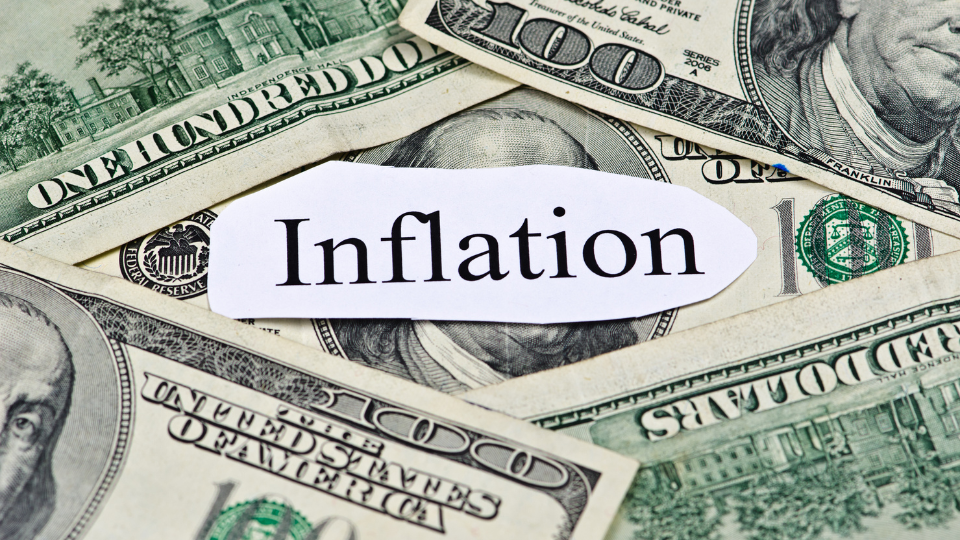Demand-pull inflation is a form of inflation that occurs when the overall demand for goods and services in an economy exceeds the supply of the same. This imbalance between demand and supply causes prices to increase, leading to inflation. It’s often summarized by the phrase “too much money chasing too few goods.”
How Demand-Pull Inflation Occurs
Demand-pull inflation typically happens in a growing economy where increased consumer confidence and spending drive up demand for goods and services. Here are several scenarios that can lead to demand-pull inflation:
- Increased Consumer Spending: When consumers have more disposable income, they tend to buy more products and services. If production doesn’t increase at the same rate as consumption, prices will go up.
- Government Spending: Significant increases in government spending can also inject money into the economy, boosting demand across various sectors. If this spending is not matched by increases in output, it can lead to higher prices.
- Monetary Policy: An expansive monetary policy, such as lowering interest rates or increasing the money supply, can increase the amount of money available to individuals and businesses. This leads to increased spending and investment, pushing prices up if supply remains constant or cannot keep up.
- Export Demand: If a country experiences a surge in exports due to higher demand from foreign markets, it may lead to increased domestic prices if the domestic supply is not sufficient to meet both foreign and local demand.
Examples of Demand-Pull Inflation
- Tech Gadgets: Consider the release of a new, highly anticipated smartphone model. If demand significantly outweighs the manufacturer’s ability to produce enough units, the price of the phone may increase, either directly or through third-party resellers.
- Housing Market: In a booming economy, if more people are looking to buy homes than there are homes available, the price of housing will increase. This was evident in many cities around the world where real estate prices skyrocketed due to high demand and limited housing supply.
- Post-pandemic Recovery: As economies reopened after the COVID-19 lockdowns, there was a sudden increase in demand for various services and goods, from restaurant dining to travel. If the service capacity (like the number of flights or restaurant seats) couldn’t be increased immediately, prices for these services began to rise.
Impact of Demand-Pull Inflation
The immediate impact of demand-pull inflation is that it raises the cost of living, as consumers have to pay more for goods and services. While it can initially signal a healthy economy due to increased spending, prolonged demand-pull inflation can lead to economic instability. It might force central banks to increase interest rates to cool off the overheated economy, which can slow economic growth.
Understanding demand-pull inflation is crucial for policymakers, businesses, and consumers as it influences financial decisions, policy making, and economic strategies.


[…] Demand-Pull Inflation: Demand-pull inflation happens when demand for goods and services exceeds supply, which can occur during economic expansion. For example, if more people start buying cars than are available, the price of cars will likely increase. […]